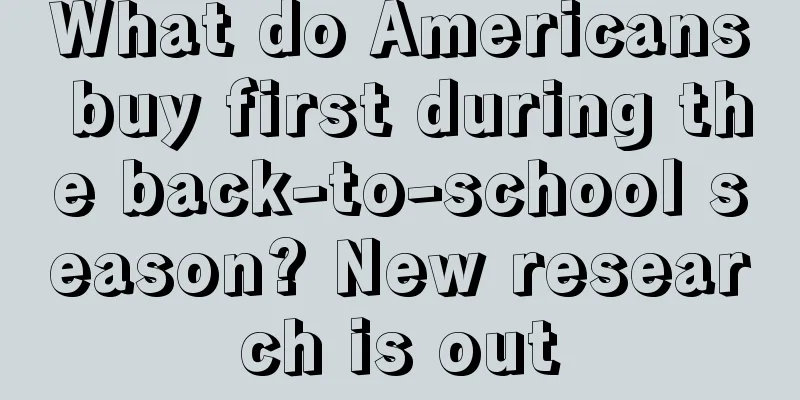The "Matthew Effect" in the US retail industry is intensifying, and 50,000 stores will be closed in the next five years

|
It is learned that according to foreign media reports, a new study by UBS shows that a large number of US retail physical stores will close in the next five years, most of which are from small retailers, while the market share of large retailers will continue to rise.
Currently, the United States has nearly 1 million retail stores. A team led by stock research analyst Michael Lasser estimates that by 2028, more than 50,000 retail stores may close in the United States, accounting for about 5% of the total, which will also bring about a consumption gap of about $285 billion.
Vertical retailers are expected to see the most store closures, with apparel and consumer electronics stores expected to account for nearly half of all store closures. Meanwhile, home improvement and auto parts stores are expected to see the fewest store closures.
The Matthew effect of the strong getting stronger and the weak getting weaker is showing up in the U.S. retail market. According to a UBS report, over the past decade, large U.S. retailers have added 17,000 stores, while smaller retailers have closed 40,000 stores.
The study shows that due to rising operating costs and an increasing share of e-commerce sales, large retailers such as Walmart, Costco and Target are better able to absorb the impact of rising rent, labor and other costs and benefit from investments in the e-commerce market.
Smaller chains and independent retailers, with limited capital and less risk tolerance, are likely to continue their multi-year store decline. UBS analysts said that if sales growth slows below the long-term trend, small retailers could see higher store closure rates.
According to UBS, U.S. e-commerce sales are expected to rise from 20% of the retail market today to 26% by 2028. UBS estimates that nearly 25% of e-commerce transactions could be completed through in-store delivery or pickup.
UBS said that if annual U.S. retail sales growth falls below 4% in the coming years, the long-term historical average, store closures could reach 70,000 or more. Conversely, stronger sales growth would keep more stores open, analysts said. Editor✎ Ashley/ Disclaimer: This article is copyrighted and may not be reproduced without permission. |
<<: After the Shein tariff storm, the United States may tighten restrictions on Chinese exports
Recommend
What is Yao Changjie? Yao Changjie Review
Yao Changjie, born in 1964, graduated from Shaanxi...
The "suicidal behaviors" that lead to the suspension of Amazon seller accounts and how to prevent them
it is known, Most of the red flags from Amazon in...
What is Minstar? Minstar Review
Shenzhen Minstar Information Technology Co., Ltd. ...
What should I pay attention to when buying Amazon ASIN?
Notes on using Amazon ASIN Amazon ASIN is an impor...
Amazing! Amazon may win the billion-dollar lawsuit
Russia: Temporary ban on export of a variety of m...
AliExpress' Singles' Day was highly publicized in the United States for the first time
It is learned that recently, AliExpress launched a...
Directly obtain off-site traffic! Completely solve the problem of sellers’ explosive orders
Recently, foreign media broke a big news that Walm...
CPSC urgently recalls over 187,000 Best Buy air fryers due to fire risk
It is learned that on March 14, the U.S. Consumer ...
Don’t underestimate it! Amazon’s advertising method allows you to earn money with every order!
Today, Zhaodanmao will share with you the most dow...
What is PCI DSS? PCI DSS Review
The full name is Payment Card Industry Data Securi...
Another commonly used word was registered as a trademark, and a large number of sellers modified their listings overnight!
In recent years, as the competition in the cross-b...
Costco's online sales grew continuously in October! Food and groceries became the main force!
It is learned that after the market closed yesterd...
Amazon new product promotion process
Amazon new product promotion process...
Walmart's drone delivery service declares war on Amazon with 1 million packages shipped every year!
It is learned that retail giant Walmart is not wil...
85.01% of enterprises are facing bankruptcy. How far are foreign trade workers from unemployment?
I never expected that the longest Spring Festival...









